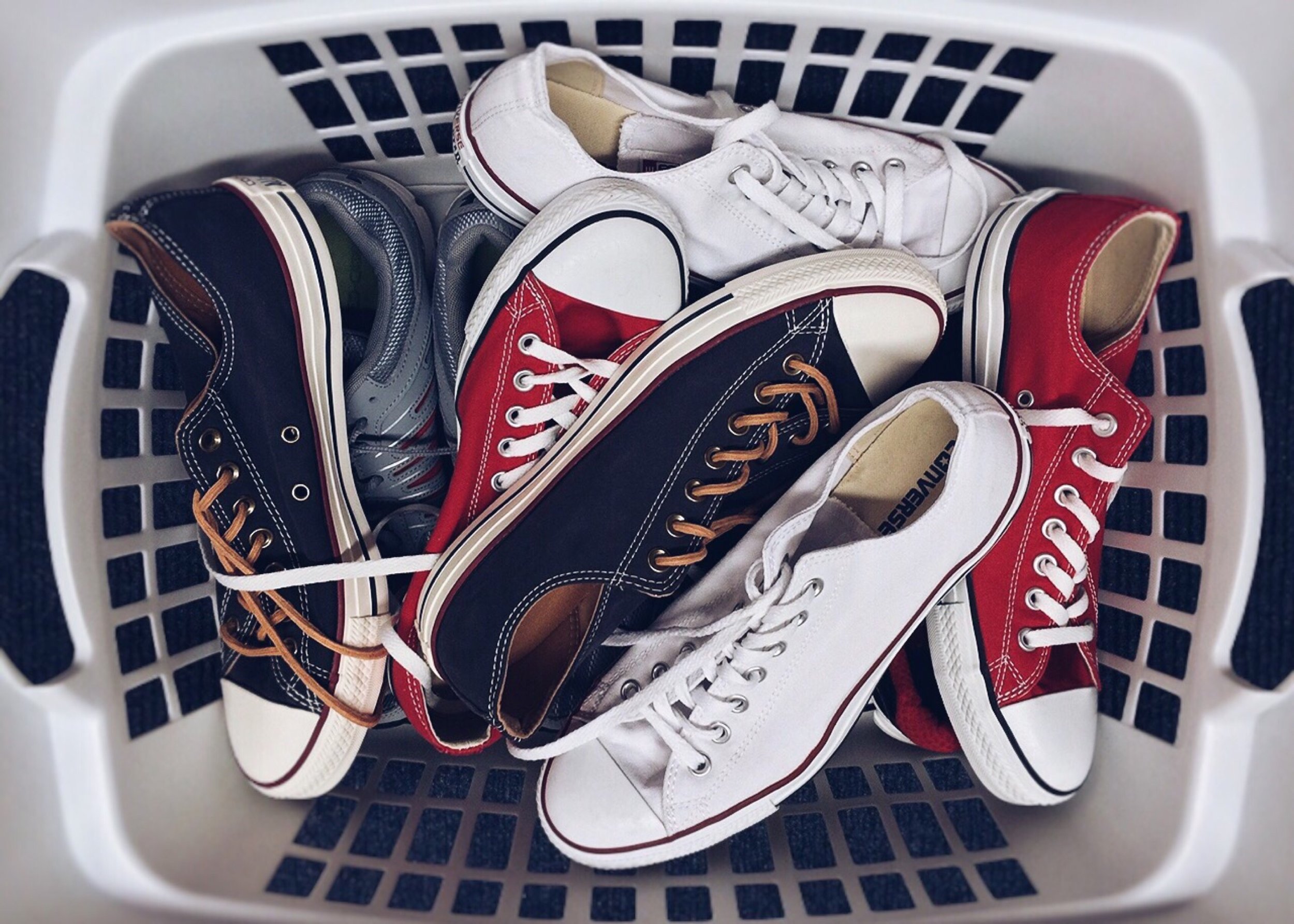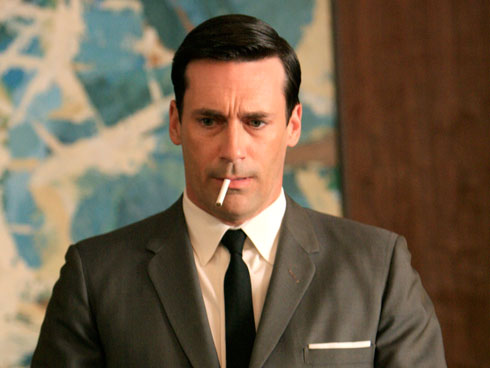💥Weinstein Buyer Goes Treasure Hunting💥
The Weinstein Company (Finally) Files for Bankruptcy (Long Justice)
Source: Getty Images
Oh man. So, the good news is that the company believes that its total exposure to victims (and creditors) is limited to 999 people/entities and its liability exposure is capped at $1 billion - or at least that's what one could glean from the boxes that the company checked on its chapter 11 petition. In other words, there are limits to the extent of Mr. Weinstein’s repugnance. So, there’s that.
Source: Bankruptcy Petition
Anyway, let's review what's "new" here without regurgitating everything the mainstream media has covered the last several months...
The Weinstein Company's primary assets fall into three categories: (i) the film library, (ii) the television business, and (iii) the unreleased films portfolio. The library consists of 277 films and thanks to distribution rights sales internationally and to the likes of Netflix ($NFLX) and broadcast/cable networks, generates ongoing cash flow. The television business includes the Project Runway franchise and other content like Peaky Blinders, Scream and Six. The latter unreleased portfolio includes five completed films (including Benedict Cumberbatch's "Current War") and other projects in various stages of development. So, this is what is at offer.
Now, the previous pre-filing sale effort to a consortium of investors including Yucaipa, Lantern Asset Management and Maria Contreras-Sweet is well documented. As is the Attorney General of New York's complaint against the company. Neither are worth noting in detail here after months of incessant press coverage. Notably, however, Lantern Asset Management stuck with the process after its consortium partners dropped out, agreeing to become the stalking horse bidder for the assets pursuant to a proposed expedited sale process. Why expedited? In the company's words,
"It is an understatement to say that the last six months have been trying for the Company. Intense media scrutiny and various other factors have resulted in, among other things, the Company’s loss of goodwill with employees, contract counterparties, key talent and the entertainment industry at large. In order to preserve the going concern value of the Company’s Assets for the benefit of its stakeholders, the Debtors have determined that a sale of substantially all of their Assets is necessary. Further, the Debtors believe that time is of the essence and that effectuating any such sale as quickly as possible is necessary to maintain operations and preserve value for the benefit of the Debtors’ stakeholders."
Well, also, the company has no cash. Oh, and the buyer is pushing for speed as a condition to its bid. Lantern has that luxury as the remaining bidder; it is offering $310 million and the assumption of certain project-level non-recourse indebtedness (read: the debt associated with individual projects). Moreover, the company has indicated that Lantern anticipates retaining "most of the Company's employees." That's good: something positive must come out of this for those who had nothing to do with Mr. Weinstein's behavior. Speed is needed, the company argues, to prevent more employees from leaving (25% have already left).
Some other miscellaneous facts of note in no particular order whatsoever:
Top Creditor. The number one creditor is a judgment creditor to the tune of $17.36 million.
It's Hard Out There for a Pimp. Boies Schiller & Flexner LLC is listed twice in the top 25 creditors. Fresh on the heels of the Theranos fraud suit, this has not been a good week for David Boies and partners.
Other Creditors. Other major creditors include Viacom International ($5.6 million), Sony Pictures Entertainment ($3.7 million), Creative Artist Agency ($1.49 million), and Disney ($1.13 million). Remember: CAA took a lot of heat for its relationship with Mr. Weinstein.
It's Hard Out There for a Pimp Part II. Several law firms are listed in the top 25 creditors for accounts payable due and owing for professional services. Notably, O'Melveny & Myers LLP is listed at #10 and $3.1 million owed; it had long been rumored to be representing the company leading into the bankruptcy filing. This means, more likely than not, that Cravath was hired as an 11th hour replacement, leaving O'Melveny as a creditor. Also, Debevoise & Plimpton LLP has been left hanging after conducting the internal investigation of the charges against Mr. Weinstein. That’s just cold.
The Cumberbatch. "Current War," the feature starring Benedict Cumberbatch is levered up by $7mm under a production-level loan agreement with East West Bank. Nothing unusual here: just a fun fact. We'll see if Cumberbatch's star power can raise this movie above the debt and the Weinstein taint.
Timing. To the extent any bidder wants to trump Lantern Asset Management, the deadline for bids is April 30 and an auction will occur on May 2 for court approval on May 4.
#FakeNews. The New York Times and the New Yorker both get credit for taking down Mr. Weinstein and for starting the #metoo movement and Time's Up campaign.
Ramifications. The company notes that the response to Mr. Weinstein's misconduct was fast and furious including (i) Apple ceasing plans for a 10-part Elvis biopic to be produced by TWC; (ii) Lin Manuel Miranda demanding that TWC release its rights to the movie adaptation of In the Heights, (iii) Amazon ditching TWC, cancelling plans for a David O'Russell series and dropped TWC as co-producer of a Matthew Weiner series; (iv) Channing Tatum halting development of a movie with the company, and (v) Quentin Tarantino seeking a different studio for his next and ninth film, the first time he would use a studio other than TWC.
Board of Directors. 5 members went running for the exits as soon as sh*t hit the fan, including Paul Tudor Jones and Marc Lasry.
Lawsuits. TWC has been named in at least 9 civil actions by victims of Mr. Weinstein, including a broad federal class action, two civil actions by Mr. Weinstein himself, and 6 civil actions by contract counterparties.
Lastly, it has been reported that any and all NDAs will be "lifted" and no longer apply. This means that those who aren't as financially able as, say, Uma Thurman and Saima Hayek, may now speak out with impunity. Hopefully this frees various women from the shackles of their memories and leads to additional revelations about an industry apparently ripe for change.






















